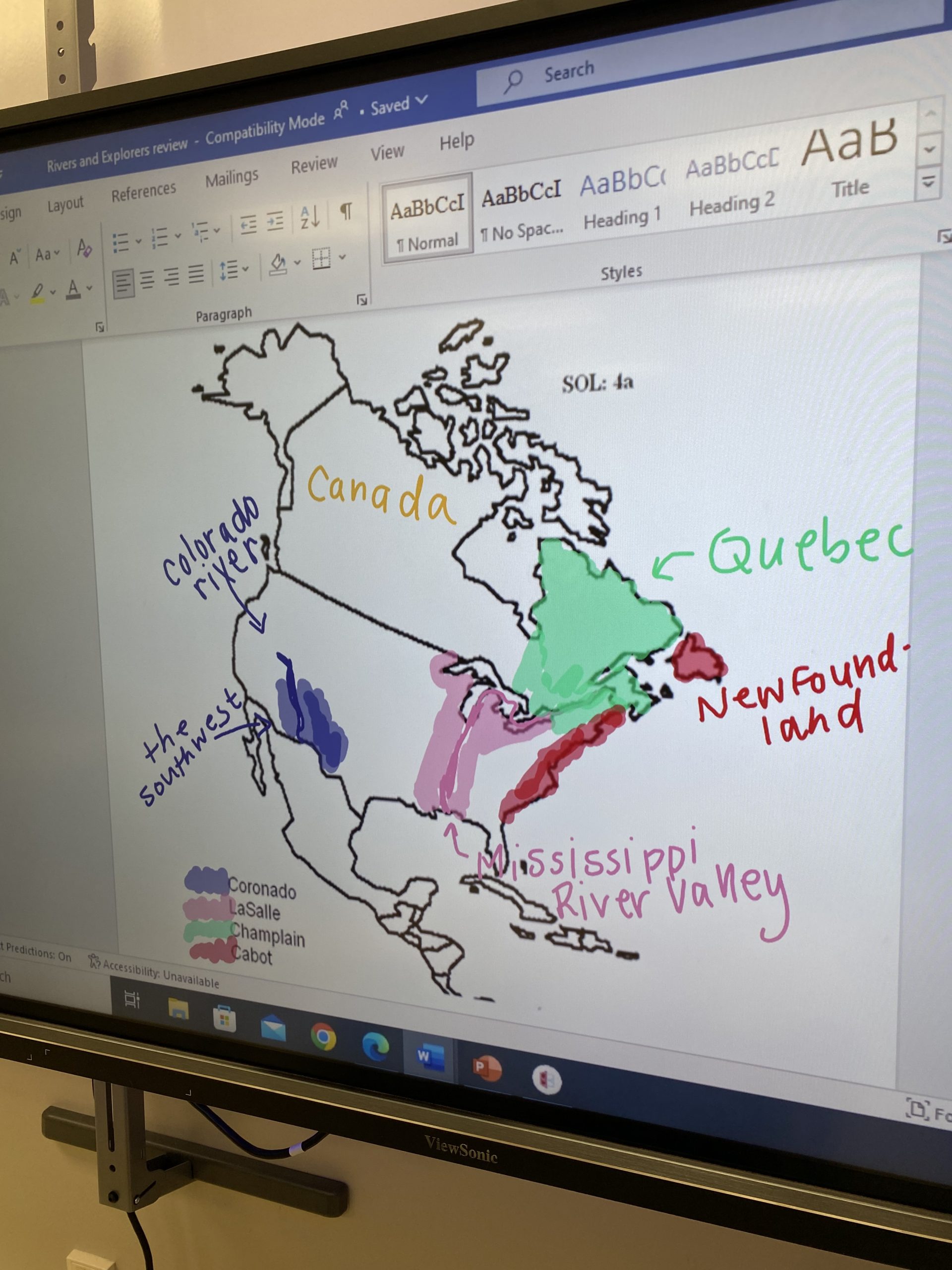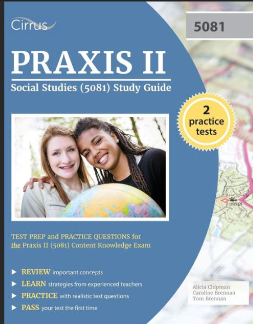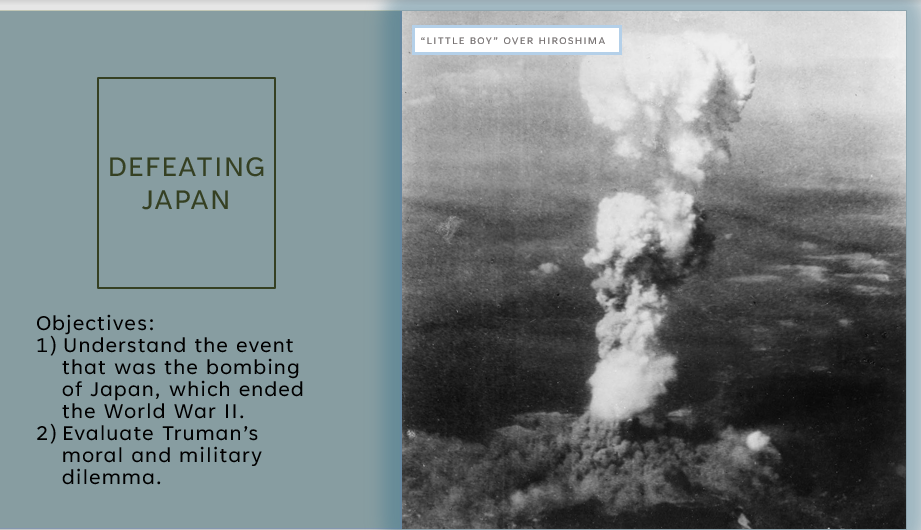Standard #4: Content Knowledge
The teacher understands the central concepts, tools of inquiry, and structures of the discipline(s) he or she teaches and creates learning experiences that make the discipline accessible and meaningful for learners to assure mastery of the content.
This standard requires that a teacher be well-versed in their content area while understanding that their knowledge of the subject is forever building upon itself. They can effectively convey the content to students through the use of content-specific vocabulary, different presentations of information, and meaningful experiences. The teacher constantly addresses biases within themselves as well as fore-seeable misconceptions students carry which may hinder learning. The teacher contemplates the use of resources, including technology. The teacher brings content full-circle by linking new content to prior knowledge and related disciplines.
While completing a Bachelor’s degree in a specific content area and studying for the PRAXIS II are processes that prepare someone to teach, continuously familiarizing oneself with content is crucial because it can make one’s teaching style more fluid. Familiarity leads to fewer errors and contributes greatly to time management. In addition, a teacher’s obvious passion for a subject often encourages a classroom to feel similarly.
When delivering content on history, it is helpful for a teacher to have strong cross-disciplinary knowledge, because it makes the information more accessible and useful for the class. While teaching US History 1, my geography knowledge helped sixth graders map and visualize the paths Coronado, La Salle, Champlain, and Cabot took on their North American voyages. This same knowledge also helped me guide students through creating a map of 1939 Europe to increase comprehension of Hitler’s conquests as well as alliances made throughout World War II.


